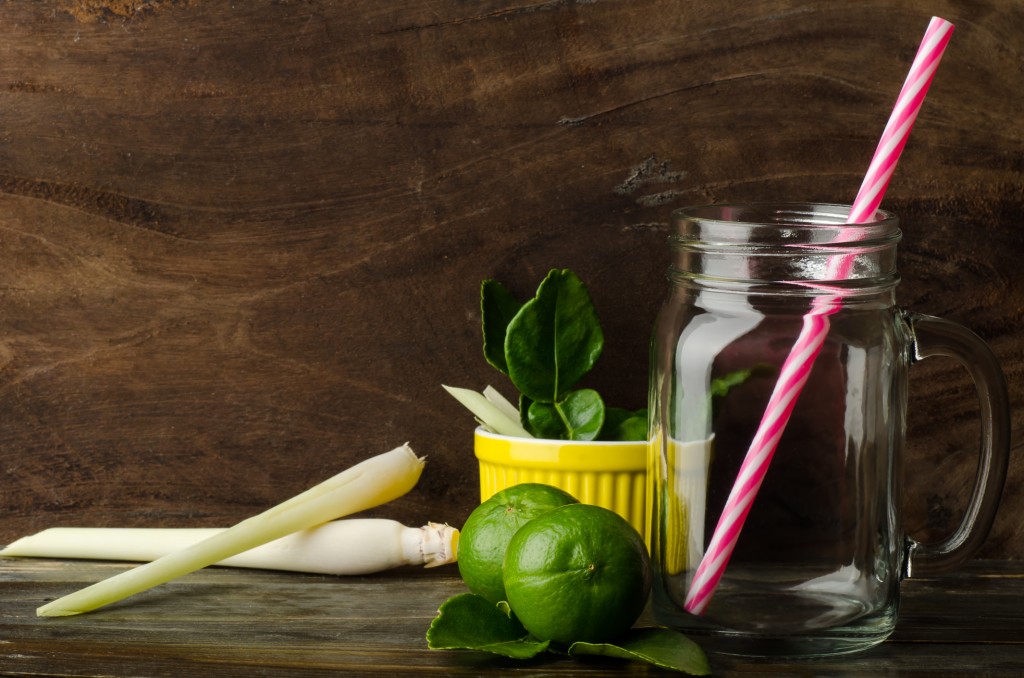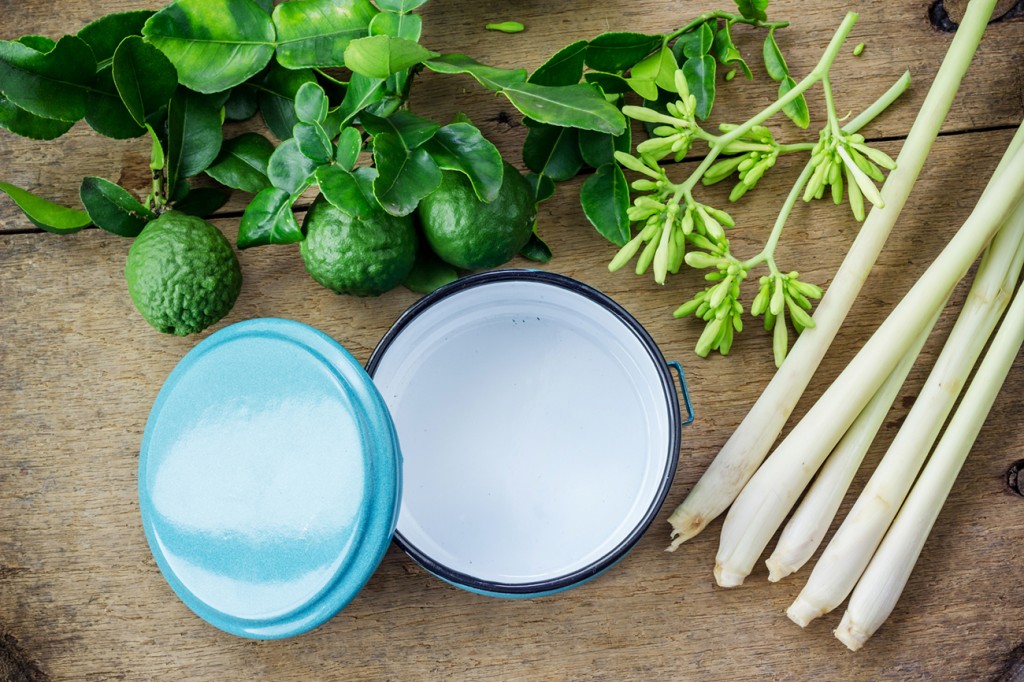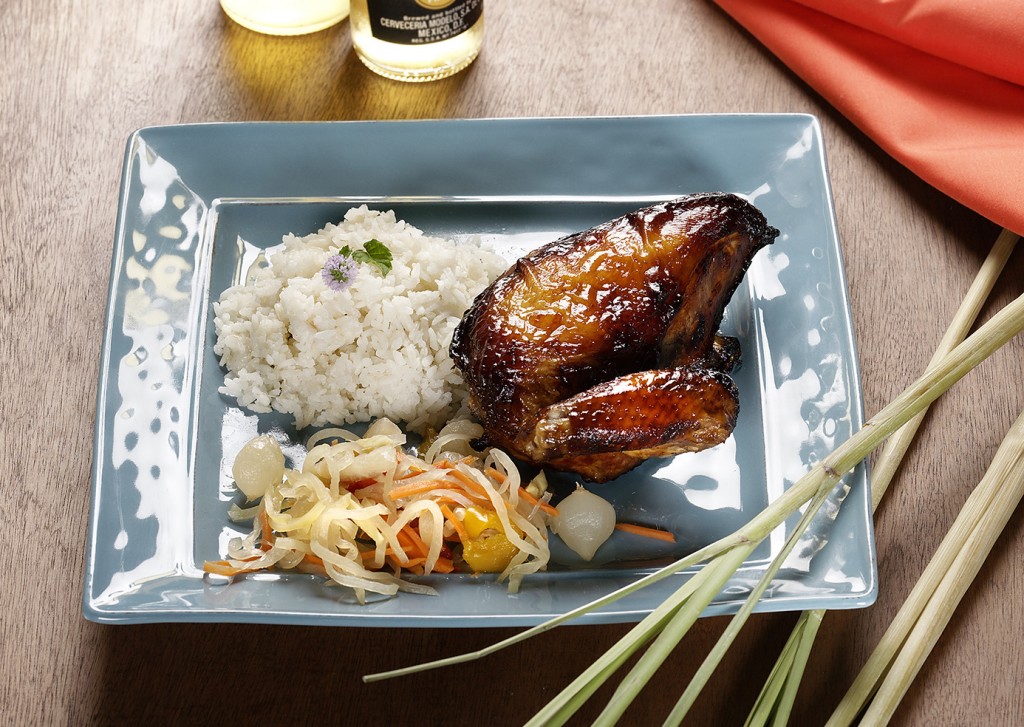Zing Up the Flavor with Lovely Lemongrass


I love to cook with lemongrass. It adds a wonderful perfume and zingy flavor to both savory and sweet dishes, and it has health benefits, too. It pairs particularly well with coconut milk, ginger, red chiles, chicken, and seafood. Use the white, more tender section of the stalk in recipes where it remains in the final dish. If you’re just steeping the stalk, as in my tea recipe, you can use all of it, including the tougher green part.
Lemongrass also contains vitamins A, B, and C, plus calcium, magnesium, and phosphorous. According to studies, it is a great antioxidant with antifungal and antibacterial properties. Lemongrass has a long history in herbal medicine as a strong anti-inflammatory. It is used in Ayurvedic medicine to detoxify, calm stomachs, reduce cholesterol, and lower blood pressure. You can find fresh lemongrass (a.k.a. lemon grass) at melissas.com and Indian and Asian markets.

In Thailand, lemongrass is added to seafood soups. It’s the star of Tom Yum Soup, a classic Thai dish made with chicken stock, garlic, Thai chili paste, fish sauce, shrimp, cilantro, palm sugar, and kaffir lime leaves. Lemongrass is also popular in Vietnamese cuisine. In one classic recipe, thin beef slices are marinated (for 2 hours in the refrigerator) in a mixture of minced lemongrass, minced garlic, fish sauce, soy sauce, sugar, and vegetable oil and then cooked over tabletop charcoal grills.
I like to add a few tablespoons of minced lemongrass and a pinch of salt to the cooking water when I boil rice. For a fragrant, coconut-lemongrass rice, I substitute half of the water for light coconut milk. Is there any substitute for lemongrass? Lime zest and juice can impart a similar flavor in cooked foods, but you won’t get the same health benefits.
Coconut rice is easy to make, good for you, and delicious. It goes well with my Beer-Basted Chicken and my Asian Fusion Shrimp and Quinoa recipes, which are both featured in my new cookbook, The AGE BEAUTIFULLY Cookbook. I like to cook the rice with banana leaves, which impart a little bit of flavor and help keep the rice from scorching the bottom of the pot, but you can omit them. If you can’t find fresh lemongrass, use ½ Tbs. lemongrass stir-in paste or zest from ½ lemon instead.
Coconut-Lemongrass Rice

Serves 2–4
Ingredients
1 cup jasmine rice
1 stalk lemongrass
2 banana leaves
1 cup water
1 cup canned light or regular coconut milk
1⁄2 tsp. sea salt
Procedure
- Rinse the rice twice in clean water.
- Cut the lemongrass stalk (white part only) into 3 pieces and pound them with a mallet a few times.
- Line the bottom of the rice pot with the banana leaves.
- Add the lemongrass, rice, water, coconut milk, and salt. Bring to a boil and simmer, covered, for 20–25 minutes or until the rice is tender. Add more water if needed.
- Before serving, remove the lemongrass and discard.
Lemongrass Tea is another classic Southeast Asian staple. In my recipe, I pair lemongrass with natural, unprocessed honey because it, too, has antibacterial, antiviral, and antifungal properties. Honey’s fructose content gives it fewer calories than cane or beet sugar, and the body tolerates it better. Honey also contains antioxidants and has been shown to be a natural cough remedy. The combination of honey and lemongrass makes a very tasty drink that not only helps you relax, it also helps heal whatever ails you.
Healing Honey-Lemongrass Tea
Yield: 2 drinks
Ingredients
1 stalk fresh lemongrass, chopped
1 cup hot water
2–4 Tbsp. honey
Procedure
- Soften lemongrass by simmering in 2 cups of water for about 20 minutes.
- Remove from heat and pour into a French-press coffee pot. Depress plunger.
- Decant into teacups and add honey to taste.
